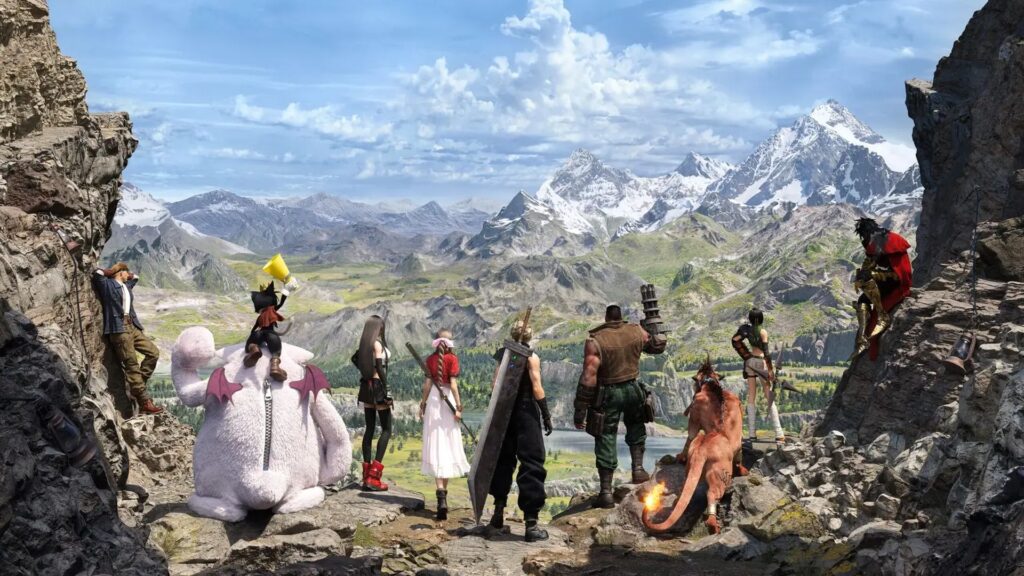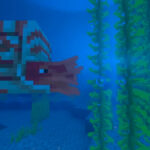A long-standing debate that has popped up over the last decade when it comes to open-world games has revolved around the ways developers signify terrain that can be traversed by players. While many have criticised the use of, for example, yellow paint to indicate that a surface can be climbed, Final Fantasy 7 Remake trilogy director Naoki Hamaguchi has spoken about the importance of these design aspects.
In an interview with GamesRadar, Hamaguchi acknowledged the existence of this debate, but notes that, as games started looking more photorealistic, developers and designers needed a way to signify to players what was simply scenery and what could be interacted with.
“I get there is a debate about that, whether that fits with that world or not, whether some people want it, some people don’t,” he said. “I think as a game, there is definitely a need for that kind of thing in a lot of ways. I think obviously different developers experiment, try different things about what works best, what fits best, the right way of doing that in their game.”
The second game in the Remake trilogy, Final Fantasy 7 Rebirth, made use of such signifiers to let players know that a wall could be climbed, or that certain terrain required specific chocobos to be unlocked. Many open-world games that came out for over a decade have used this method to some extent, including 2009’s Assassin’s Creed 2, which made use of white cloth on boxes to signify the start of a parkour trail.
“The need to guide players around from a gameplay perspective and show them what can be done, what they need to do, there are definitely times where that is needed,” Hamaguchi continued. “So I think obviously there is more of a debate about how it’s done, what level and what works. And there’ll still be people who say, ‘no, that doesn’t fit at all. We don’t like that.’ That’s fine, but I think there is definitely a need there, and it’s something that is definitely worth looking at.”
Criticisms from players over the years have largely come down to them noticing these signifiers and finding them to be immersion-breaking. Games have tried to use different ways, however; Horizon Forbidden Door was an immensely detailed game when it came to its visuals, which would have made finding spots where you can climb a mountain difficult. To combat this, players had to make use of Aloy’s Focus, which would highlight points on a surface that could be grabbed while climbing.
What Hamaguchi’s statements mean for Final Fantasy 7 Remake Part 3 are unknown. However, Hamaguchi has noted that the upcoming title will not be a smaller game than Final Fantasy 7 Rebirth. He had expressed his opinion that Rebirth “doesn’t feel unnecessarily long,” and that people had “misconstrued” what he said about Part 3’s pacing to think it meant that it would be a smaller game.
The first part of the trilogy – Final Fantasy 7 Remake Intergrade – is making its way on to Xbox Series X/S and Nintendo Switch 2 on January 22, 2026.



